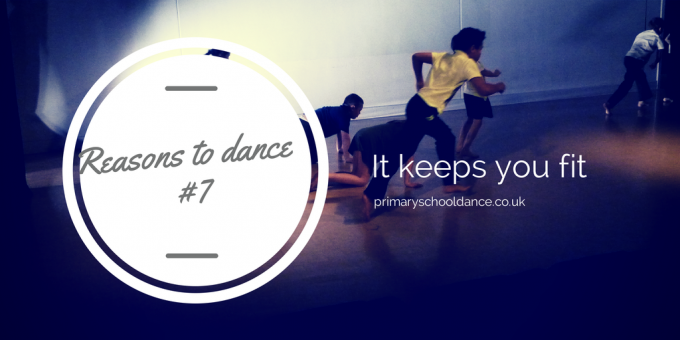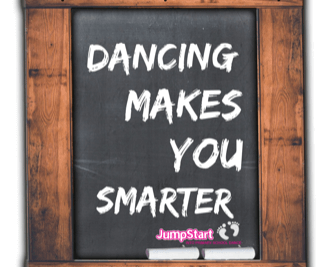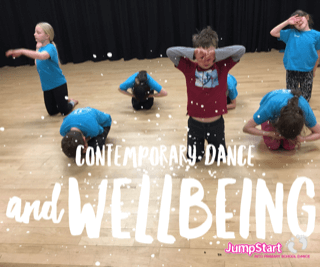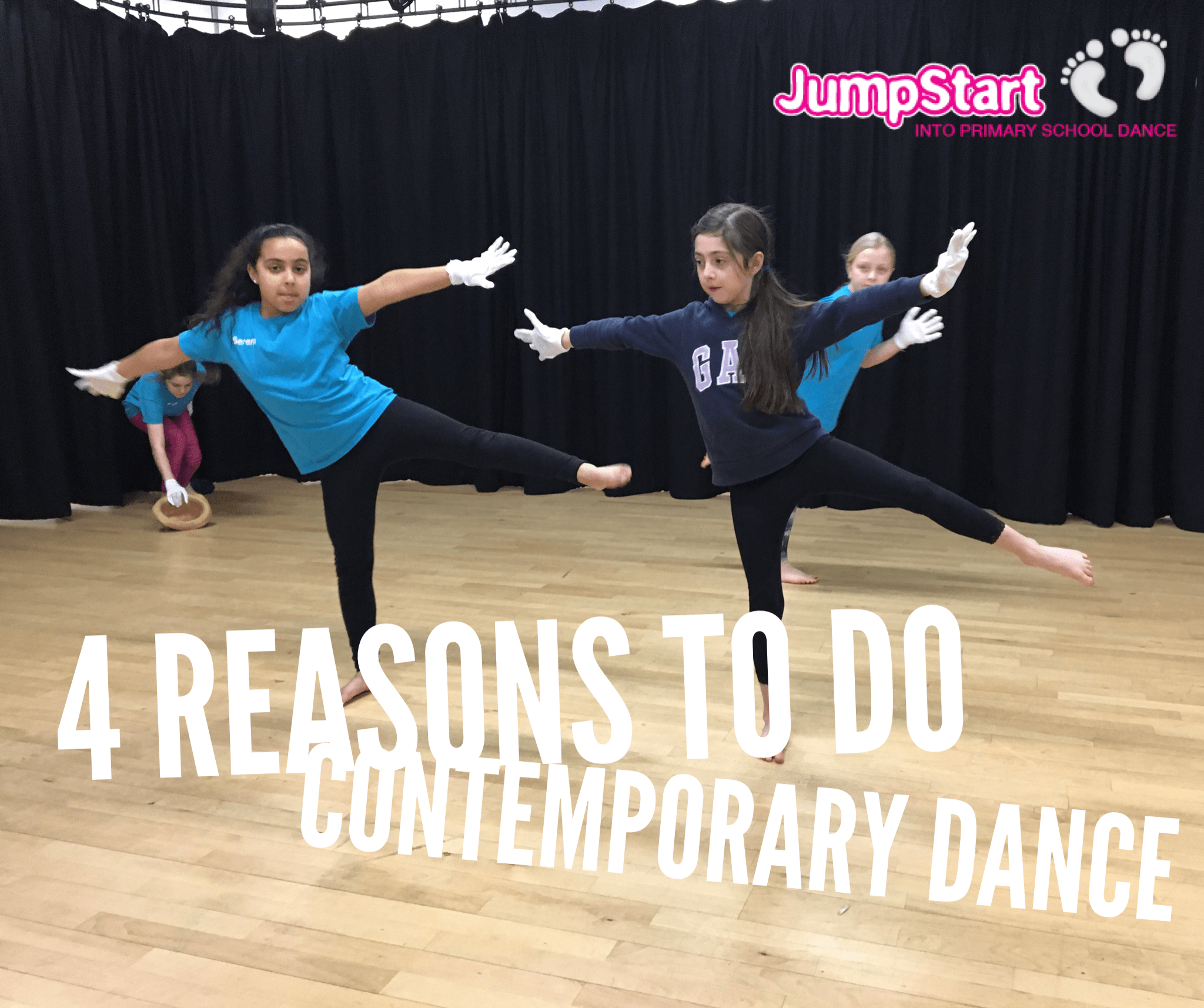Over the course of the last few weeks, we’ve been blogging about wellbeing and the…
Reasons to Dance: ‘Scientifically’ fit
“… [dance] can speed up your heart rate, it can enliven your being, it can change your life.” Richard Alston [1]
Anyone who has taken part in a dance class will be able to attest to the fact that dance makes you fit. Your heart beat is raised, you sweat (well I certainly do!), you are more out of breath and a day or two afterwards you often ache (thanks to DOMS – delayed onset of muscular soreness). Every class you take part in uses different choreography, which in turn employs different muscle groups, which are engaged in different ways. But does it have the same effect on fitness levels as participating in an exercise class or going for a run?
In recent years, Dance Science has become an exciting new area of research and study. Organisations such as Trinity Laban and the National Institute of Dance Medicine and Science (NIDMS), are evidencing the impact that dance has on physical health.
‘Dance 4 Your Life: A Dance and Health Project’ [1] examined the impact that contemporary and creative dance classes have on the well-being of 14 year old girls. The evidence is clear – the study showed that the participants demonstrated…
- An improvement in upper body strength. The girls had a 6% improvement in their hand grip test after participating in a programme of dance activity.
- An improvement in aerobic capacity. The girls had a 10.5% improvement in their bleep test after participating in a programme of dance activity.
Dance also contributes significantly to the development of other physical skills:
- Co-ordination
- Posture
- Flexibility
- Balance
- Fine and gross motor ability
Studies have shown that participation in physical activity declines in adolescent females. According to the ‘Start Young Stay Active’ report by UK Active, “23% [of 15 year-old girls] say that school-based PE has put them off doing physical activity, whereas 50% of girls recognise they do not enjoy school sport, 43% citing it is too competitive” [2].
Dance provides a viable and seemingly necessary alternative – an opportunity for girls (as well as boys) to improve their physical fitness in a less intimidating and non-competitive environment. As the previously cited ‘Dance 4 Your Life’ report reflects: “It would seem that a dance class is an ideal forum in which to provide such a constructive learning environment, combining elements of aerobic physical activity and goal achievement, with time for reflection, peer critique and creativity”.
A high quality dance class should include a thorough warm up (mobility, pulse-raisers, dynamic stretching), followed by physical activity that combines aerobic and strengthening actions. Finish off with a cool down that re-focuses, relaxes and stretches.
Looking at the children in your classrooms, do you feel that children become fitter after taking part in a dance programme? I’d love to hear all about it – post your comments in the box below. Or book in a dance event with me or my team in your school – I’m going to be launching a WW1 workshop in the next few weeks – watch this space!
[1] Dance 4 Your Life: A Dance and Health Project (2009). Connolly, M.K. Chorley, M. Quin, E. Redding, E. http://www.trinitylaban.ac.uk/media/56046/dance%204%20your%20life%20full%20report.pdf (accessed 13th August 2014) [2] Start Young Stay Active: Childhood physical literacy report (2014). UK Active http://www.ukactive.com/downloads/managed/Start_Young_Stay_Active_report.pdf (accessed 13th August 2014)




